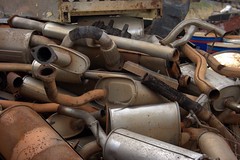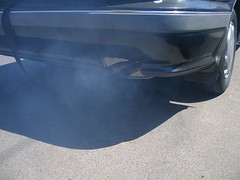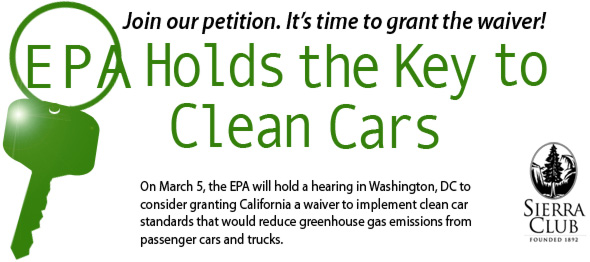
If you make it as easy as possible to take a bus, train or car pool to work — short of making the trip free — you can get more people out of their cars and into alternative modes of transit.
At least that’s the hope of Commute Seattle, an online tool for planning trips to and from downtown.
The nonprofit group on Thursday tried luring Seattle’s commuters with free pastries and coffee, and the chance to win a bike in exchange for promising to use forms of commuting other than driving alone.
About 280,000 people commute into downtown every day and nearly half of those are in a car by themselves, according to government surveys.
With more growth expected in the city’s center, an additional 25,000 cars could be clogging Seattle’s roads and jockeying for parking, said Jamie Cheney, director of Commute Seattle. It would require 20 blocks of 10-story parking lots to accommodate all those vehicles.
Click here to read the entire article.






 “Battery electric vehicles, plug-in hybrids and possibly hydrogen fuel cell vehicles are expected to become increasingly available in the near-to-medium term given recent improvements especially in batteries,” the 50-by-50 campaign noted in a
“Battery electric vehicles, plug-in hybrids and possibly hydrogen fuel cell vehicles are expected to become increasingly available in the near-to-medium term given recent improvements especially in batteries,” the 50-by-50 campaign noted in a


 MIT’s latest creation, a speedy solar car cheekily named
MIT’s latest creation, a speedy solar car cheekily named 
